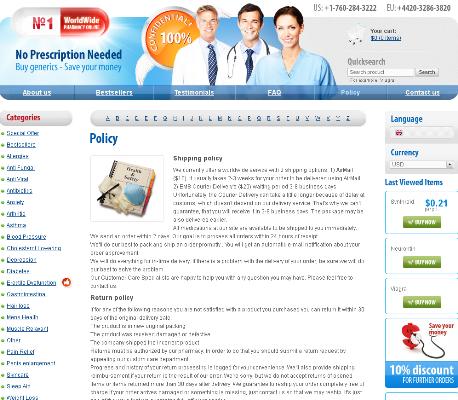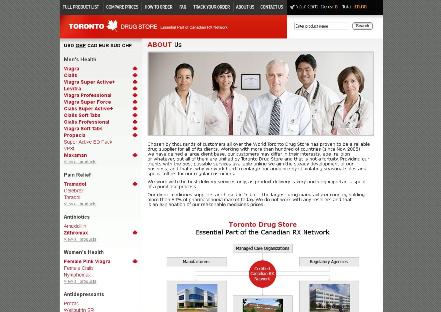Doxycycline Resistance: How Bacteria Become Resistant Explained
How Doxycycline Works and Targets Bacteria
Imagine a tiny lock inside a bacterial cell: the drug slips into the ribosome and wedges the protein assembly line. By preventing tRNA docking, it halts protein production and growth.
It reaches the interior by diffusion and some transporters, binds the 30S subunit tightly, and acts bacteriostatic so the immune system clears the invader.
Clinically, its broad spectrum treats many infections, but that advantage creates selection pressure. Minor molecular tweaks can lower drug binding and enable survival in diverse settings.
Understanding how drug, target, and bacterial response interact informs smarter prescribing. Stewardship and prudent use slow resistance, preserving efficacy for future patients in a fragile enviroment and strong public health measures.
Genetic Mutations That Block Doxycycline Binding

Imagine a microscopic battlefield where tiny changes decide outcomes. Single-letter tweaks in bacterial genes subtly reshape ribosomal sites, and doxycycline can no longer grasp its target.
These point mutations alter the shape or charge of binding pockets, reducing antibiotic affinity. At times mutations combine, creating a thicker defense that drugs find hard to penetrate.
Researchers trace evolutionary paths as variants spread under selective pressure from overuse. Lab experiments show how few substitutions can produce clinically significant resistance, and surveillance is crucial.
Understanding these changes helps design next-generation compounds or tweak dosing, but bacteria will occassionally aquire new tricks, so vigilance must continue. Clinicians and scientists must collaborate to slow spread and protect effective treatments today.
Efflux Pumps Let Bacteria Expel Antibiotics
Inside a microscopic battleground, bacteria deploy tiny molecular pumps that eject drugs before they can act. These transporters, embedded in the cell membrane, can recognize tetracycline-class antibiotics like doxycycline and actively shuttle them out, lowering intracellular concentrations.
Some pumps are specific, others are promiscuous, handling multiple drug families; their action can render treatment ineffective and prolong infection. Overexpression of pump genes is often enough to raise resistance to clinically relevant levels, and mutations can broaden substrate range.
Clinicians sometimes face relapsing infections because bacteria merely buy time by removing the antibiotic rather than being killed. Understanding pump mechanisms points to inhibitor development and smarter dosing strategies that could restore antibiotic potency and reduce the need for last-resort drugs. Occassionally, combination therapy proves successful. Researchers are testing efflux inhibitors and nanodelivery to increase intracellular drug concentration and clinical cure rates worldwide.
Ribosomal Protection Proteins Shielding Antibiotic Targets

In clinics and nature a tiny drama plays out: bacteria try to keep their ribosomes working when antibiotics attempt to stop protein production.
Certain protective factors subtly grab the ribosome, changing its shape so doxycycline can no longer lock on and block translation.
This mechanism is encoded by genes that can be switched on, and it makes resistance effective without destroying the antibiotic itself.
Because these genes move between strains through mobile elements, spread can be rapid; clinicians must watch usage and stewardship in hospitals to prevent Occassionally stealthy resistance.
Horizontal Gene Transfer Spreading Resistance between Bacteria
In crowded microbial communities, genes can move like whispered secrets, reshaping destinies. Mobile elements such as plasmids, transposons and integrons carry resistance cassettes that let bacteria survive doxycycline exposure. When a single gene spreads, whole populations can rapidly shift from susceptible to resistant.
Transfer events can be invisible yet decisive, seeding new hosts with resistance traits that Aquire and replicate.
| Mechanism | Source | Mobility |
|---|---|---|
| Plasmid | Donor cell | High |
Conjugation, transformation and phage-mediated transduction act like highways and secret passages for genes, letting resistance islands colonize new species. Clinicians see infections that fail doxycycline and other drugs, a reminder that stewardship matters. Better surveillance, prudent prescribing and reduced environmental antibiotic release can slow the spread and protect future therapeutic options for human health globally
Clinical Practices Fueling Resistance through Overuse and Misuse
Clinicians often prescribe antibiotics to calm anxious patients and to preempt complications, but this well-meaning habit nudges microbes to adapt. Short courses, low doses, and unnecessary prescriptions create a survival sieve where resistant bacteria thrive, turning routine care into an unintentional experiment.
Stewardship programs, clear guidelines, and patient education can reverse trends, but change is slow. Occassionally clinicians face diagnostic uncertainty and default to broad therapy; better diagnostics, delayed prescribing when safe, and public education reduce misuse, preserving doxycycline's usefulness for future generations and system-level incentives align practice. PubChem MedlinePlus
<

